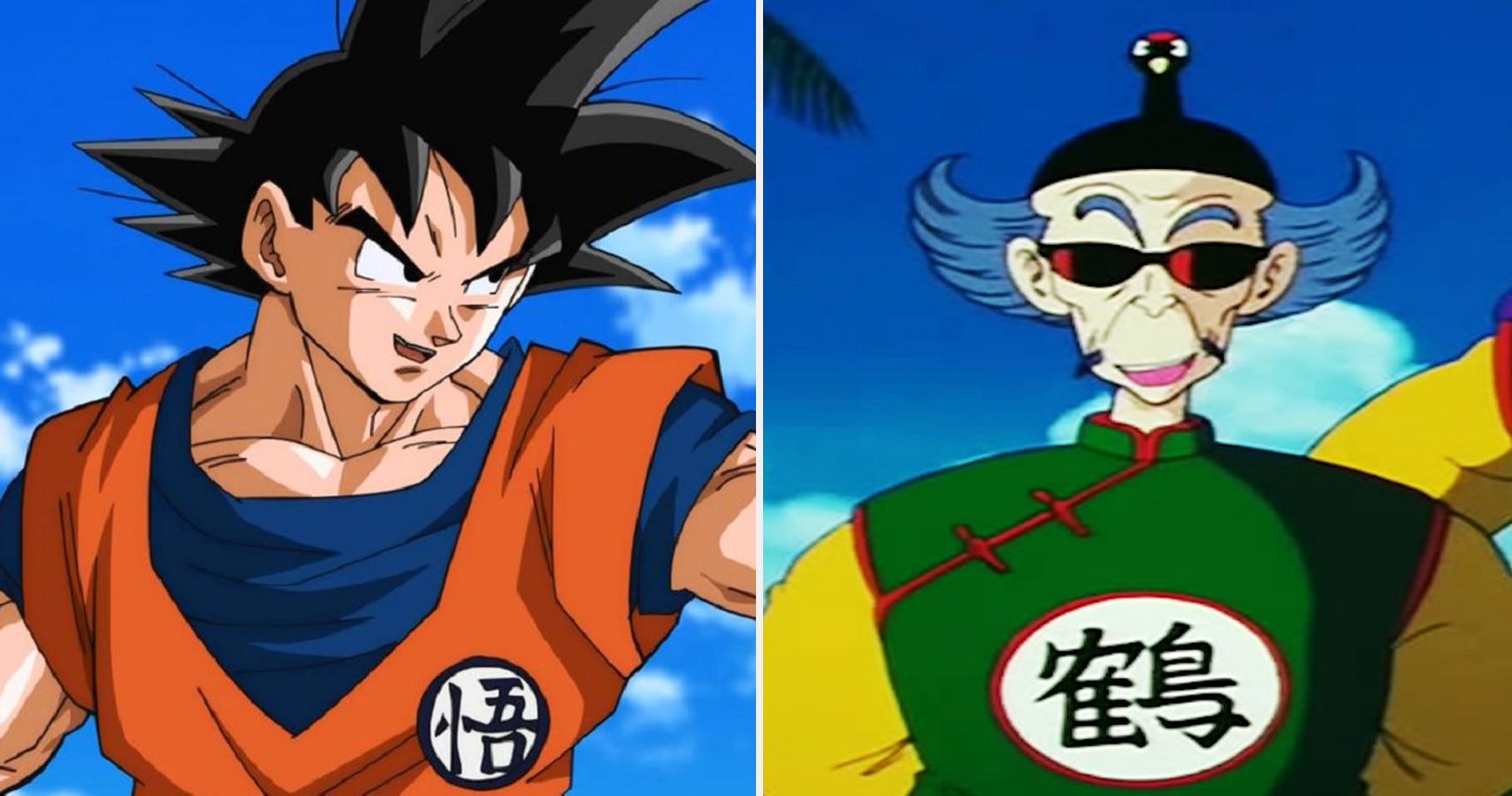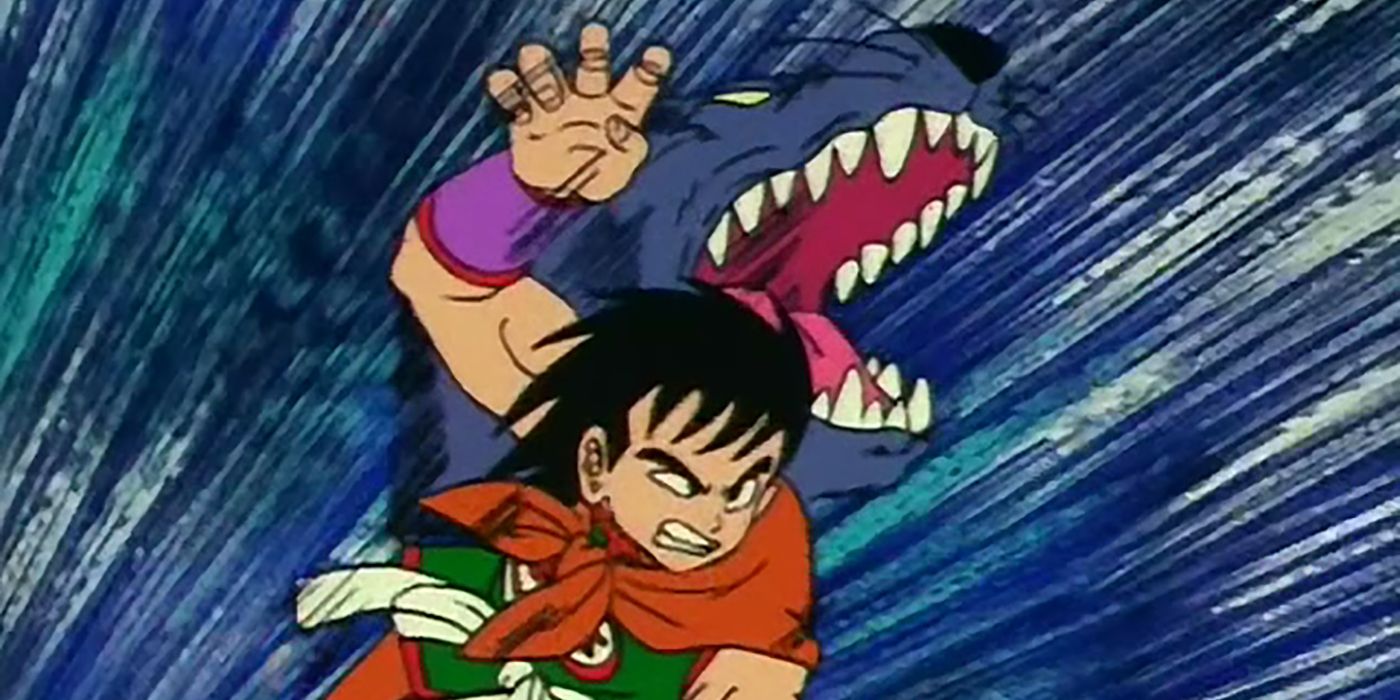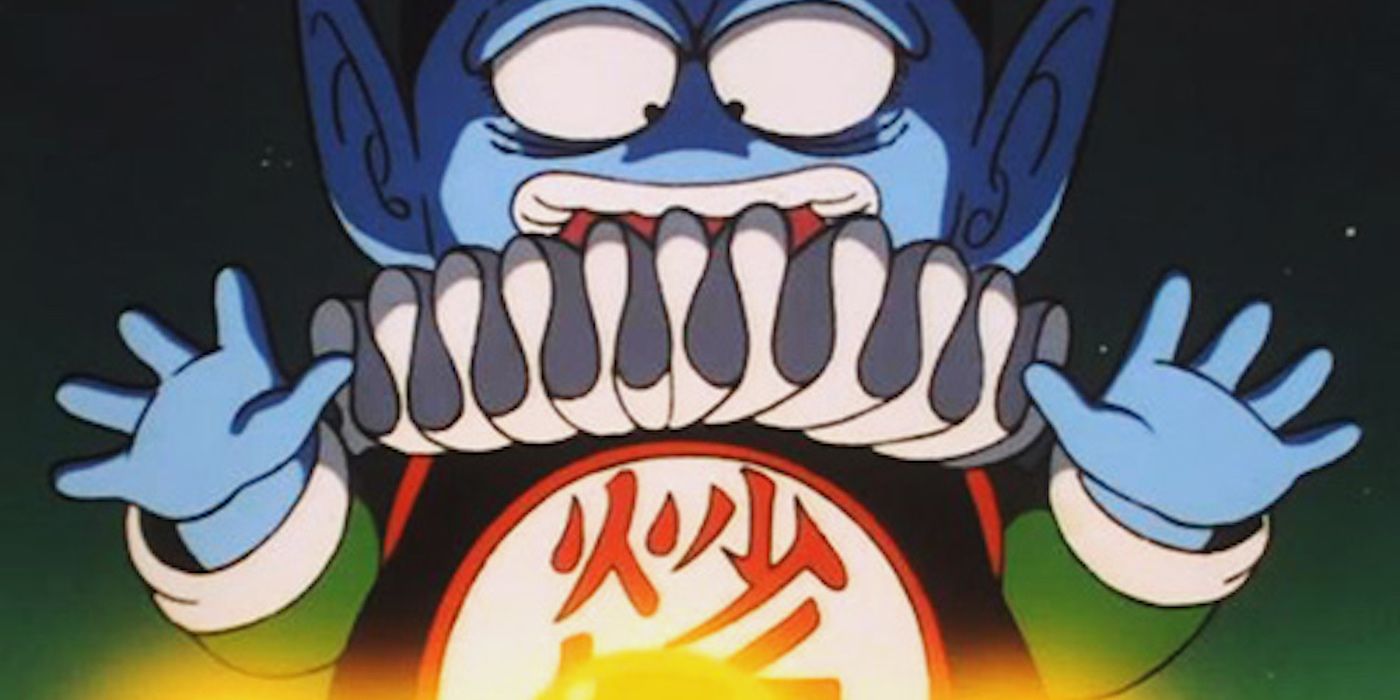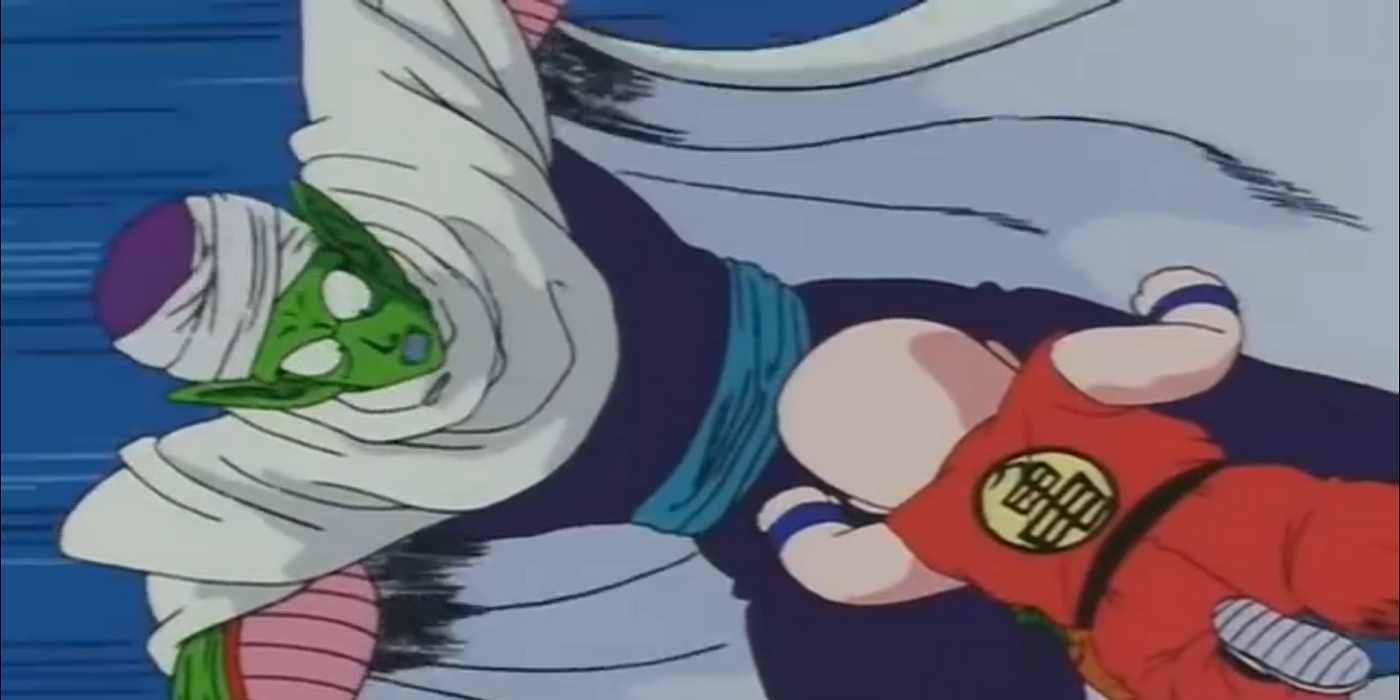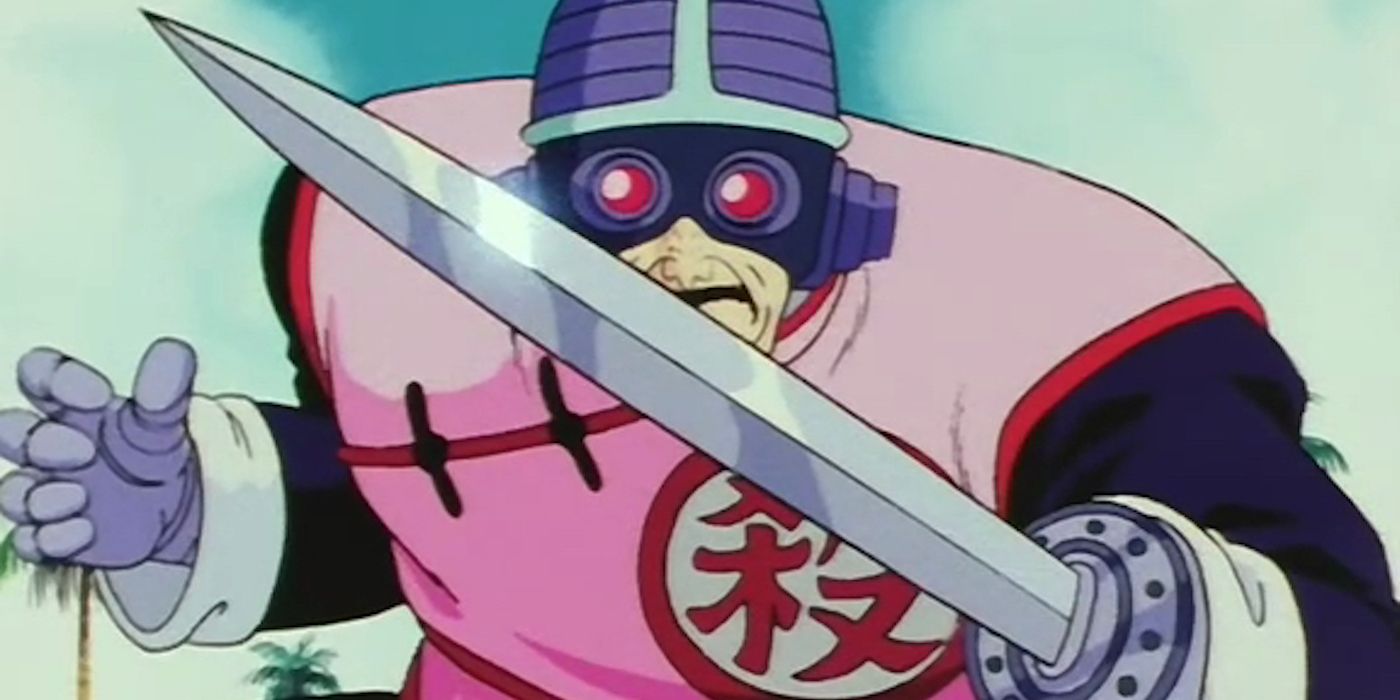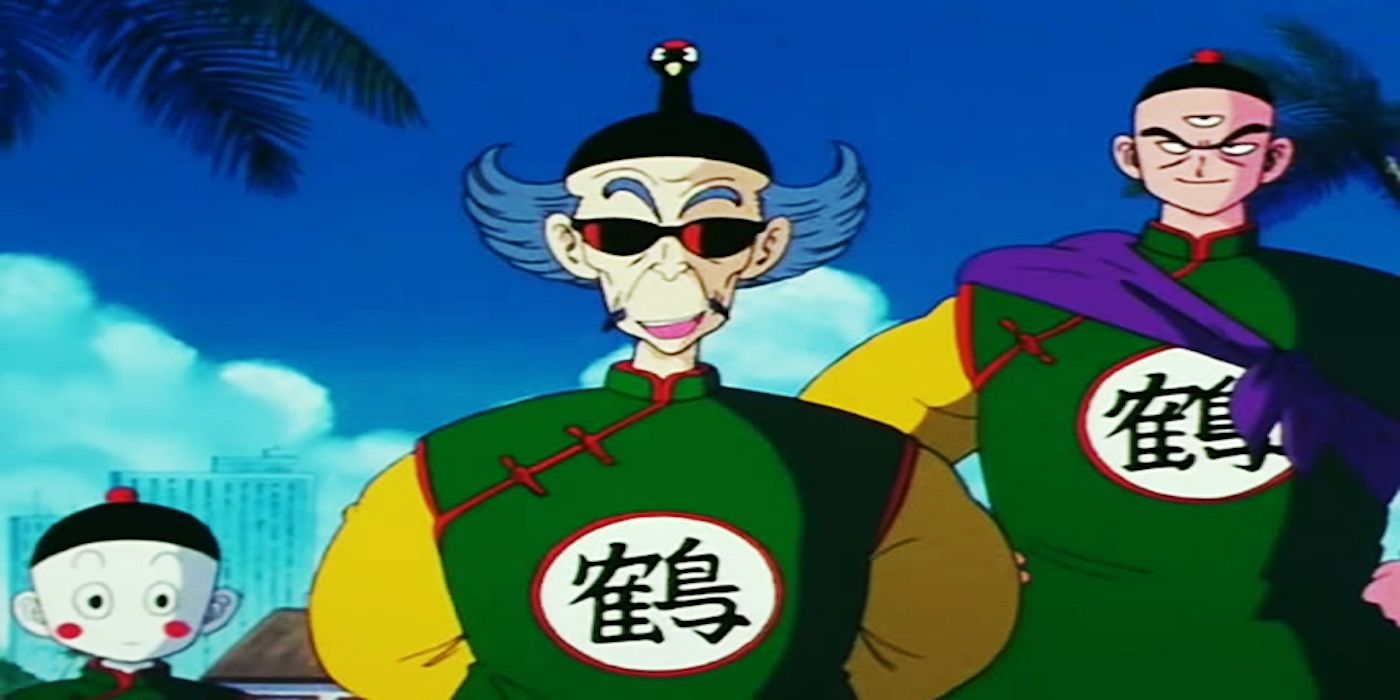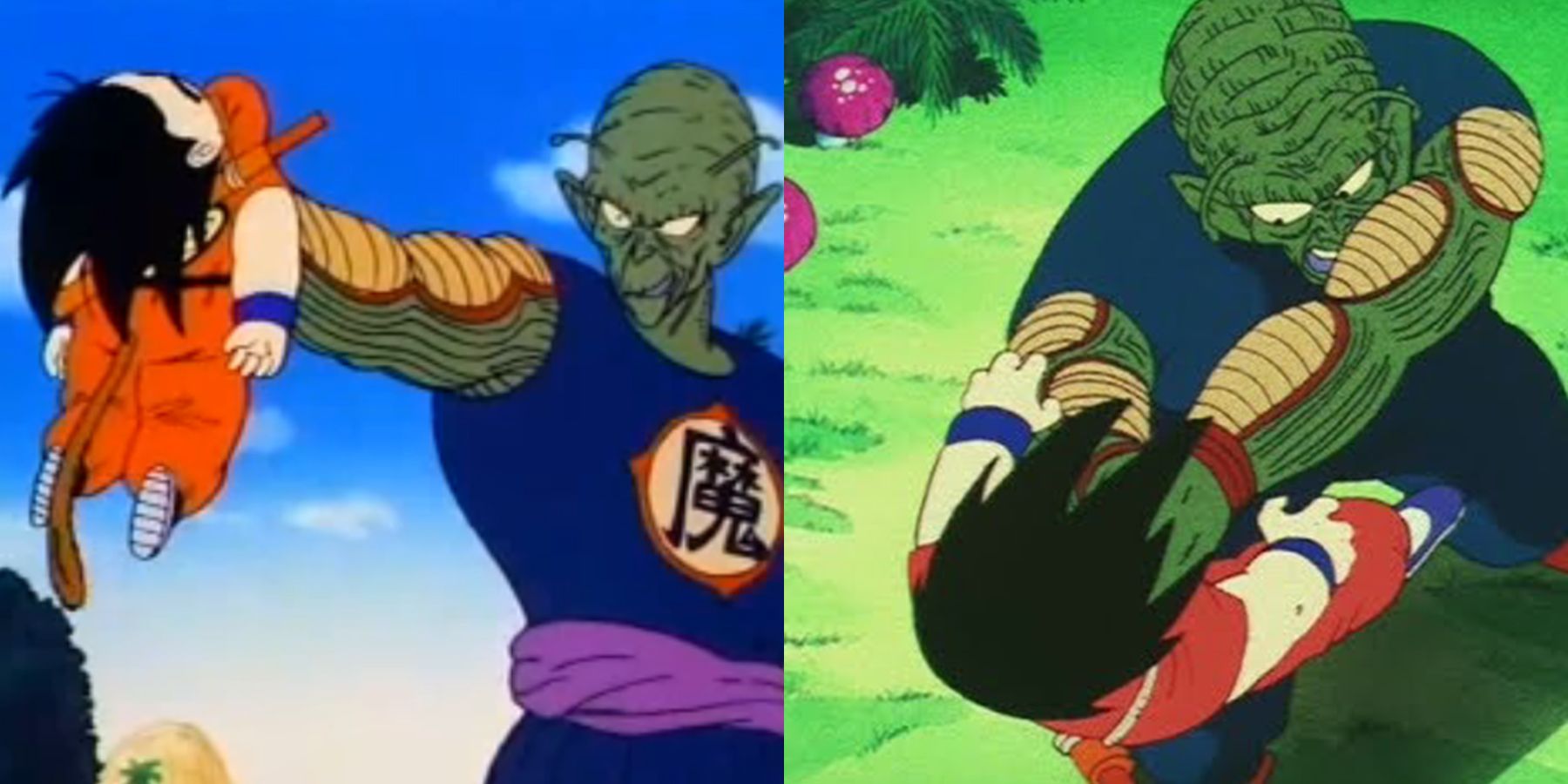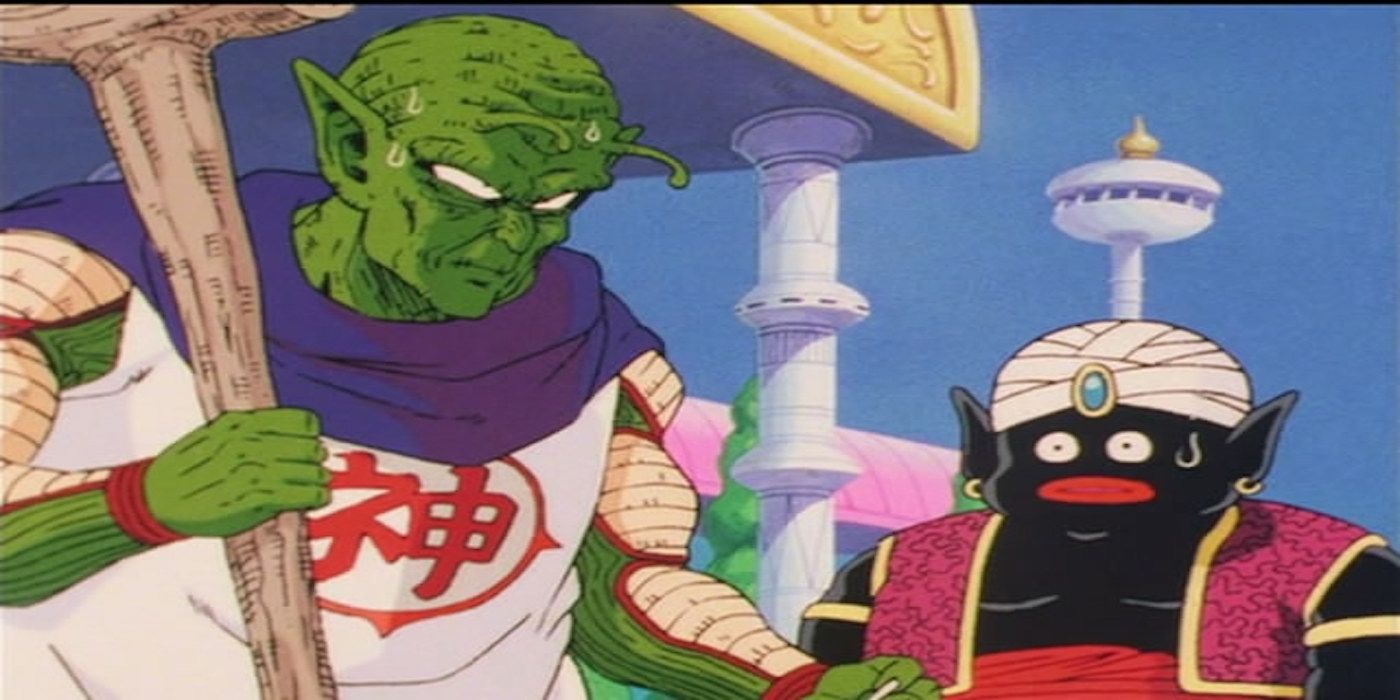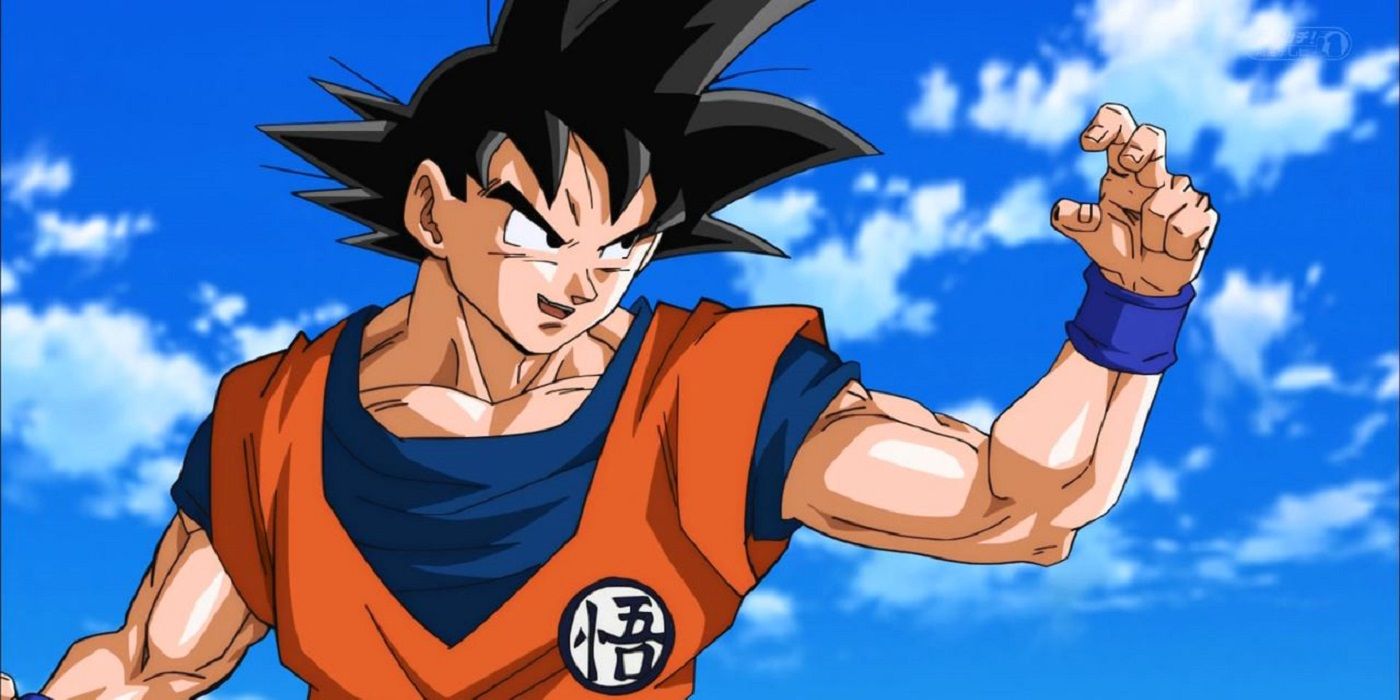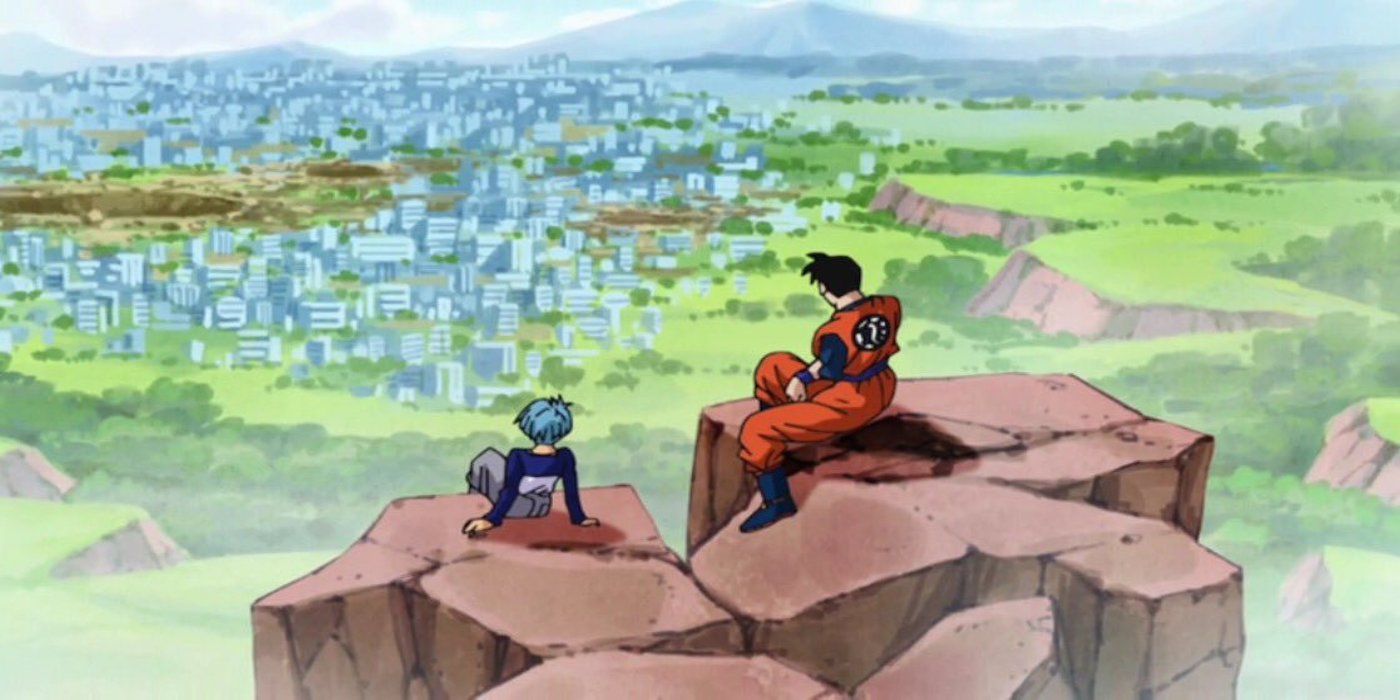Akira Toriyama makes use of symbols quite often throughout Dragon Ball, specifically by drawing specific Kanji on different characters’ outfits. This is a visual trend that is introduced less than a volume into the first story arc and persists all the way through the end of the series. While Toriyama stops introducing new Kanji near the end of the series, it never stops playing a role.
Granted, its role isn’t that important after the Namek arc is done and dealt with (and even then, it’s really just a part of Goku’s arc and Goku’s arc alone) but Dragon Ball Super helped put Kanji back into the fold. Not all of them are particularly important, but the most present ones have quite a bit of meaning behind them.
Yamcha’s Kanji
Yamcha’s original outfit is by far his most defining look. It’s really the only unique martial artist’s uniform Yamcha wears throughout the entire series, donning the Turtle School uniform for the 22nd Tenkaichi Budokai and basically never taking it off until his retirement during the Cell arc. Yamcha’s Kanji is also the first fans are introduced to.
That in itself is a huge deal. While Yamcha’s Kanji really only means “comfort” and “ease,” traits that are really only applicable to Yamcha’s earliest depictions, it’s interesting that Toriyama introduces such a major visual motif with Yamcha. To be fair, though, Yamcha’s also the series’ OG rival so it’s only fair.
Monster Carrot’s Kanji
As far as Kanji goes Monster Carrot is one of the most simplistic in the franchise. “Usagi,” Monster Carrot’s Kanji simply means “rabbit.” It makes sense, after all. Monster Carrot is the rabbit leader of the Rabbit Mob. He’s only briefly in the first arc and then is quickly forgotten when Goku sends him to the moon.
As the first villain in the series to bare Kanji, (technically since Yamcha wasn’t quite a villain even in his introduction,) Monster Carrot doesn’t exactly stand out as an important character, but he’s someone interesting to make note of. Of course, he isn’t the main villain in the first arc. That title belongs to someone else.
Pilaf’s Kanji
Emperor Pilaf’s Kanji very appropriately stands for “fried rice,” but it’s actually quite unique in the context of the series. Where most symbols stick to Japanese Kanji, Pilaf wears Chinese Kanji on his main outfit. One could argue that this was meant to contrast Goku’s Japanese Kanji, but he wasn’t wearing that outfit in this first arc.
In truth, it’s most likely due to the heavy Chinese aesthetic at play in the first story arc. Toriyama was still trying (to some extent) to inject Journey to the West’s presence onto the series. Giving PIlaf Chinese Kanji makes sense and helps push that specific vibe. If nothing else, it also contrasts Yamcha’s and Monster Carrot’s Kanji in a nice rule of threes way.
Kame Kanji
By far the most iconic Kanji to bless Dragon Ball, Muten Roshi’s Kame Kanji has a presence from the 21st Tenkaichi Budokai all the way to the end of the Cell arc. In the anime, the Kame Kanji even appears once again in the Boo arc. This is also to say nothing of the fact that Goku keeps his Turtle School Gi throughout the whole series more or less.
Simply, Muten Roshi’s Kanji stand for “turtle,” which only makes sense. After all, Kame Sen’nin is the master of the Turtle School of martial arts. Goku personally wears this Kanji on his outfit right up until he lands on Namek. That’s quite a long time for just one symbol.
Tao Pai Pai’s Kanji
Tao Pai Pai is an interestingly designed character in that his Kanji isn’t what immediately comes to mind. Rather, it’s the massive “Kill You!” on the back of his pink uniform that ends up defining who Tao Pai Pai is as a character. Appropriately, however, Tao Pai Pai’s Kanji stands for “satsu,” which translates into “kill.”
Tao Pai Pai maintains the Kanji when he returns as a robot for the 23rd Tenkaichi Budokai and again during the filler leading up to the Cell Games. It’s really a double whammy of character design on Toriyama’s part, really playing up the humor of Tao Pai Pai’s job as an assassin.
Tsuru Kanji
Muten Roshi’s rival, Tao Pai Pai’s brother, and Tenshinhan & Chaozu’s martial arts master, Tsuru Sen’nin represents everything antithetical to the Turtle School of martial arts. Where Roshi taught Goku and Kuririn the importance of life surrounding martial arts, Tsuru Sen’nin simply teaches his students how to kill.
His Kanji, “Tsuru,” stands for “crane” and is in direct contrast to Muten Roshi’s Kame Kanji. These animal choices aren’t random, though. The turtle and the crane play an important visual role in both Chinese and Japanese art, often being associated with one another, albeit not typically like the bitter rivals Roshi and Tsuru Sen’nin are.
Piccolo’s Kanji
The Piccolo that fans know and love only briefly wears this Kanji, and that’s when Piccolo Daimao immediately gives birth to Piccolo following his death. While Daimao did wear his “ma” Kanji fairly often (meaning demon/evil spirit/devil,) it’s actually Gohan of all people who ends up wearing this Kanji the most often.
RELATED: 10 Things You Never Knew About Vegeta’s Saiyan Suit In Dragon Ball
Or at least, the most prominently. Piccolo infamously brands Gohan with+ his demon Kanji upon conjuring Goku’s son his own version of the Turtle School uniform. The demon Kanji also symbolizes Gohan formally becoming Piccolo’s student. While he does drop the Kanji before the Saiyans arrive, he reps Piccolo’s colors all the way through the end of the Cell Games.
Kami’s Kanji
This is one of the most interesting pieces of Kanji in the series, not because of what it means (it simply means “God” and Kami’s name in Japanese is already just literally “God,”) but because of Dende. It’s not Kami who makes this Kanji interesting, but his replacement. Specifically, how infrequently Dende wears it.
Dende only wears Kami’s Kanji in three very specific instances: Dragon Ball Z: The Return of Cooler (which was actually Dende’s first appearance as God in the franchise, even beating Toriyama to the punch in the manga;) one single chapter of the manga before Toriyama redesigns him for the Boo arc; and in an episode of the anime adapting said encounter.
Go Kanji
In the original series, Goku only wears this Kanji for half of a story arc. From when he lands on Namek to when his shirt gets torn during the fight with Freeza, Goku is representing himself for the first time. A few movies would feature Goku wearing this Kanji, including both Battle of Gods and Super, but Gohan also wore it in GT.
Which makes sense as Goku’s personal Kanji really just means “Go,” allowing it to be comfortably used by Gohan and Goten— although neither have worn the Kanji in canonical material. It’s this Kanji that really represents Goku coming into his own as a person, martial artist, and Saiyan raised among Earthling culture.
Han Kanji
This is actually the last Kanji Toriyama designed for the manga (but not the last he would design for the anime,) so it has a bit of weight to it. Especially when considering the fact that this Kanji is very specifically worn by Future Gohan. In a world where he’s the only real chance at defending against the Artificial Humans, Gohan represents himself.
Which is part of the reason why he fails. Gohan isn’t Goku. Gohan doesn’t know how to train. He doesn’t really know how to fight, either. He seems to believe that Super Saiyan is the peak, stunting himself in the future with Trunks as his only real hope. It’s a rather dark note to end on, but that’s Toriyama!

